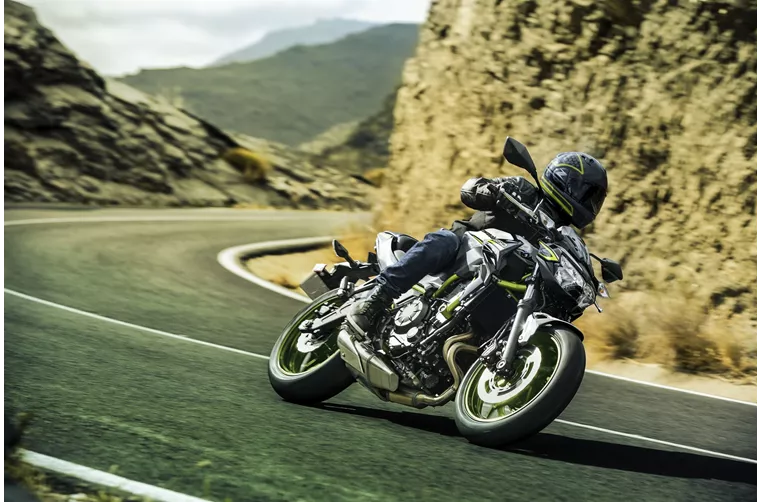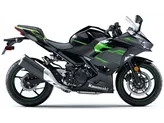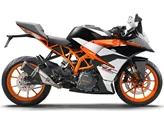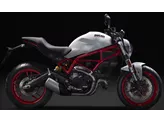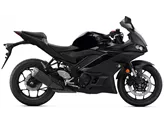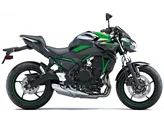Kawasaki Ninja 400 2018 vs. Kawasaki Z650 2021

Kawasaki Ninja 400 2018
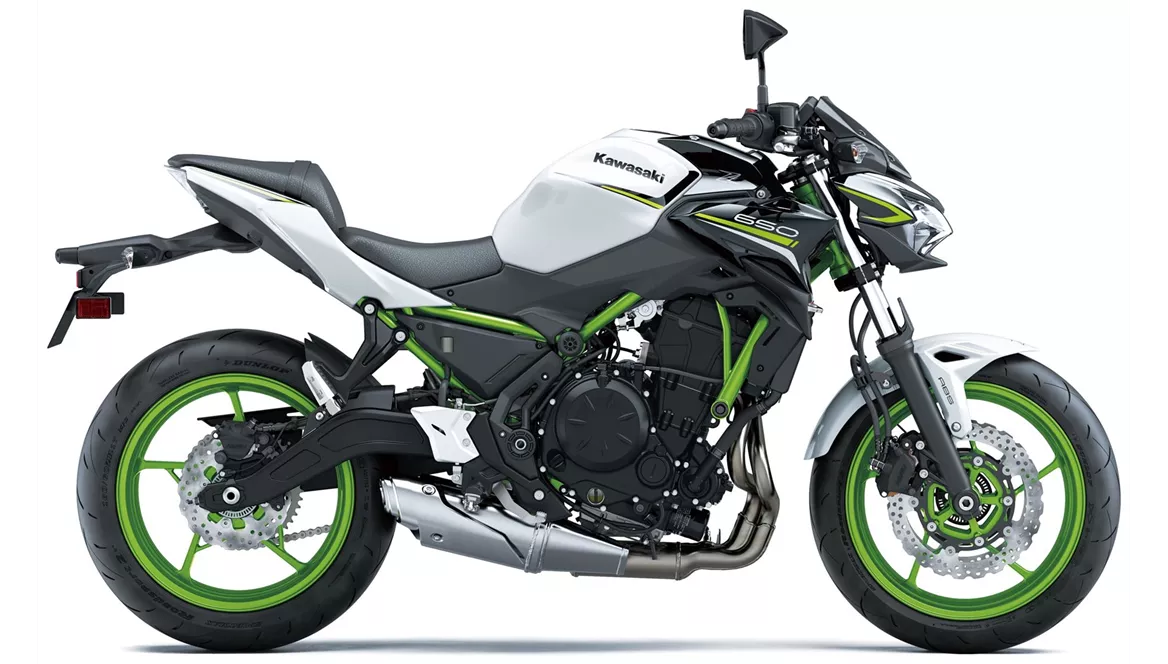
Kawasaki Z650 2021
Overview - Kawasaki Ninja 400 2018 vs Kawasaki Z650 2021
The Kawasaki Ninja 400 2018 and the Kawasaki Z650 2021 are both popular models from Kawasaki, but they have some key differences in terms of specifications and strengths.
Starting with the Kawasaki Ninja 400 2018, it is a supersport motorcycle with a 399cc inline engine. It has a power output of 45 HP and a torque of 38 Nm. The engine features a 11.5 compression ratio and a fuel injection system. The Ninja 400 has a liquid cooling system and a displacement of 399cc. In terms of suspension, it has a telescopic fork front suspension with a diameter of 41 mm, and a swing arm rear suspension with a monoshock and preload adjustment. The frame is made of steel and has a tubular design. The Ninja 400 has a rake of 63 degrees and a trail of 93 mm. It is equipped with a single disk front brake with a diameter of 310 mm and double piston technology. The Ninja 400 also features ABS as an advanced rider assistance system. The front tire has a width of 110 mm and a diameter of 17 inches, while the rear tire has a width of 150 mm and a diameter of 17 inches. The wheelbase is 1370 mm and the seat height is 785 mm. The Ninja 400 has a kerb weight of 168 kg with ABS and a fuel tank capacity of 14 liters.
On the other hand, the Kawasaki Z650 2021 is a naked bike with a 649cc inline engine. It has a power output of 68.2 HP and a torque of 65.7 Nm. The engine features a 10.8 compression ratio and a fuel injection system. Similar to the Ninja 400, the Z650 also has a liquid cooling system and a displacement of 649cc. In terms of suspension, it has a telescopic fork front suspension with a diameter of 41 mm, and a swing arm rear suspension with a monoshock and preload adjustment. The frame is made of steel and has a tubular design. The Z650 has a rake of 65.5 degrees and a trail of 100 mm. It is equipped with double disk front brakes with a diameter of 300 mm and double piston technology. Similar to the Ninja 400, the Z650 also features ABS as an advanced rider assistance system. The front tire has a width of 120 mm and a diameter of 17 inches, while the rear tire has a width of 160 mm and a diameter of 17 inches. The wheelbase is 1410 mm and the seat height is 790 mm. The Z650 has a kerb weight of 187.1 kg with ABS and a fuel tank capacity of 15 liters.

Kawasaki Ninja 400 2018
In terms of strengths, the Kawasaki Ninja 400 2018 has a chassis suitable for sporty use, allowing for effortless handling. Its low weight contributes to its nimble nature. The engine provides smooth response, and the relaxed and confidence-enhancing seating position adds to the overall comfort. Additionally, the Ninja 400 is equipped with LED headlights, which provide enhanced visibility.
On the other hand, the Kawasaki Z650 2021 has its own strengths. It features an accessible two-cylinder engine and compact dimensions, making it suitable for riders of various skill levels. The low seat height adds to the accessibility of the bike. The Z650 also has a stable chassis, allowing for confident handling. It is equipped with a TFT display with connectivity, providing modern features for riders. Additionally, the Z650 has a grown-up look, appealing to riders who prefer a more mature aesthetic.
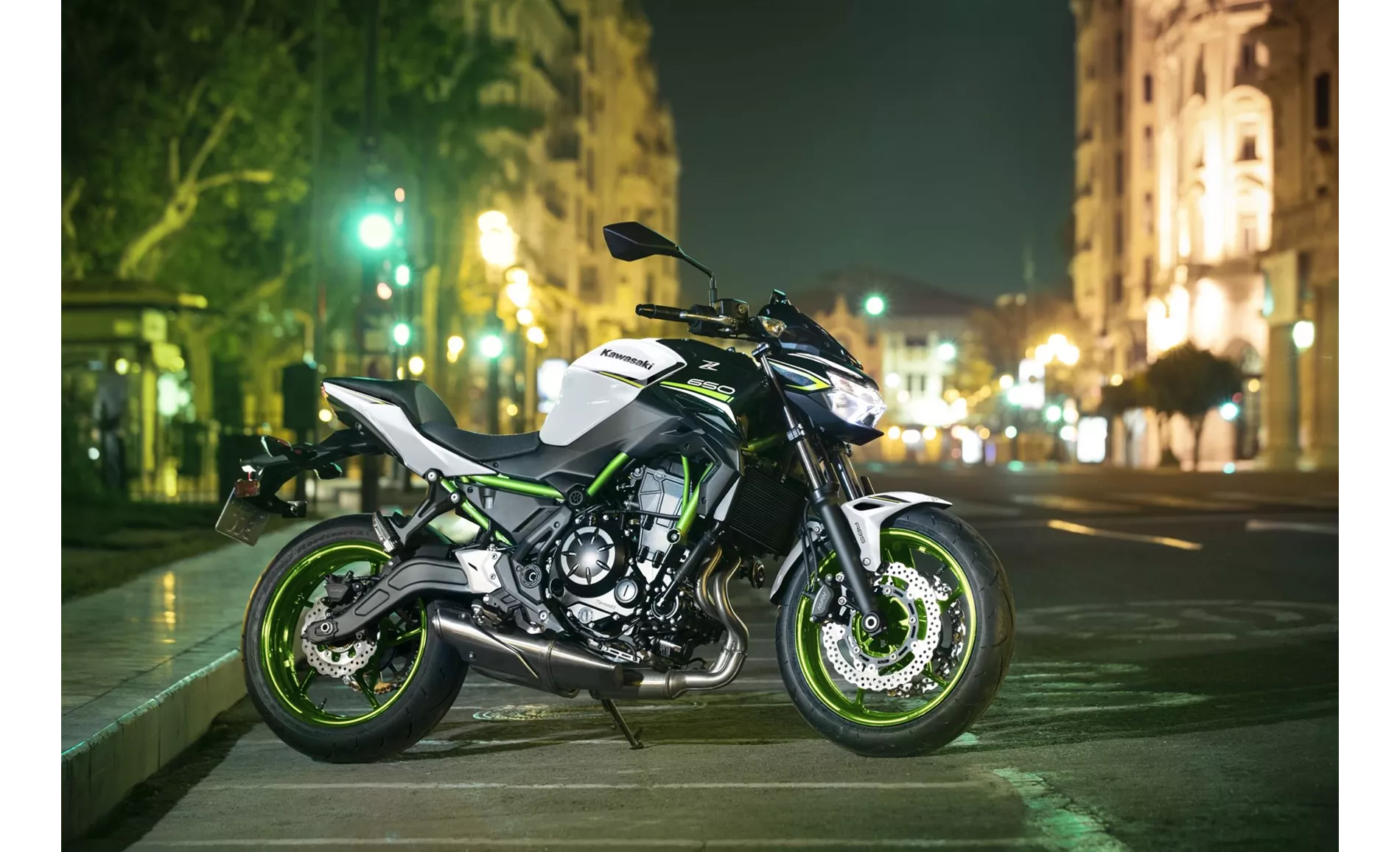
Kawasaki Z650 2021
However, both models have their weaknesses as well. The Kawasaki Ninja 400 2018 has brake and clutch levers that are not adjustable, which may not suit the preferences of all riders. Additionally, riders over 180cm tall may experience enormously loud wind noise with the original windshield.
On the other hand, the Kawasaki Z650 2021 may be uncomfortable for tall riders due to its compact dimensions. Furthermore, some riders may find that the adrenaline level in the saddle is lower compared to the competition.
In conclusion, the Kawasaki Ninja 400 2018 and the Kawasaki Z650 2021 are both impressive motorcycles with their own unique features and strengths. The Ninja 400 excels in its sporty nature, lightweight design, and smooth engine response, while the Z650 offers accessibility, stability, and modern features. Riders should consider their preferences and intended use when choosing between these two models.
Technical Specifications Kawasaki Ninja 400 2018 compared to Kawasaki Z650 2021
Pros and Cons in comparison
Pros and Cons in comparison
Kawasaki Ninja 400 2018

In summary, the Ninja 400 could be described as the perfect entry into the supersport world. You can't get more power with A2, the looks suggest much more power, the vehicle is playful to ride, is forgiving in every respect and still allows a really sporty riding style. Those who had legitimate concerns about the lack of power on the various 250 cubic machines now have no more excuses. Ninja 400, it's good to have you!
Kawasaki Z650 2021
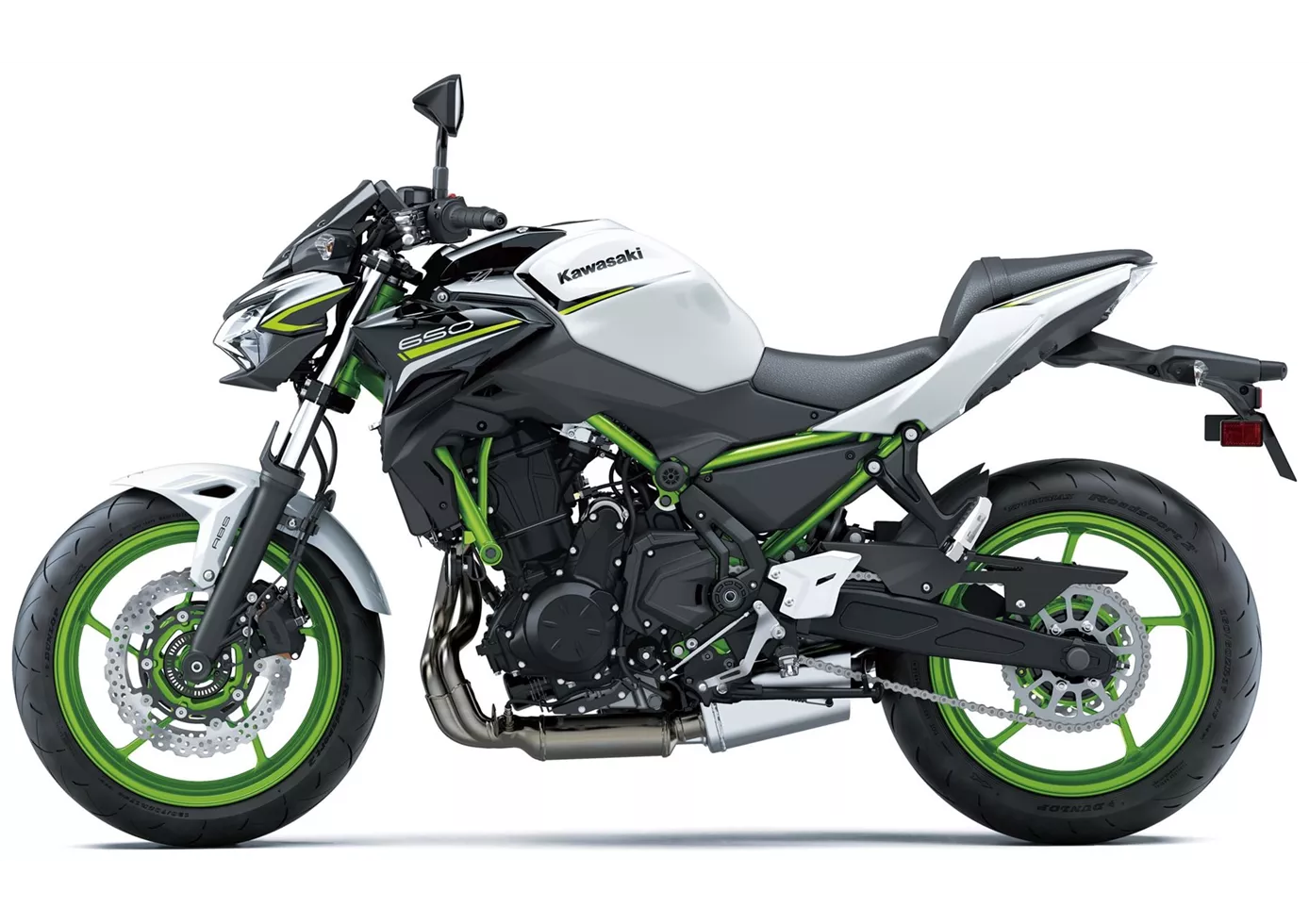
Even in 2021, the Kawasaki Z 650 stands for easy riding with great looks and good equipment. Both seat height and engine are very accessible and will give both experienced riders and newcomers a lot of pleasure. If you are looking for an honest naked bike without any big surprises, this is the bike for you. Due to its compact dimensions, however, you should try it out before buying and perhaps go for the raised seat.
Price Comparison Avarage Market Price Kawasaki Ninja 400 vs Kawasaki Z650
There are a few key differences between a Kawasaki Ninja 400 2018 and a Kawasaki Z650 2021. In terms of price, the actual average price of a Kawasaki Z650 2021 is about 14% higher. Compared to Kawasaki Z650 2021 there are less Kawasaki Ninja 400 2018 bikes available on the 1000PS.de Marketplace, specifically 10 compared to 25. It takes less time to sell a Kawasaki Ninja 400 with 105 days compared to 106 days for a Kawasaki Z650. Since model year 2018 1000PS.de editors have written 9 reviews for the Kawasaki Ninja 400 and 31 reviews for the Kawasaki Z650 since model year 2017. The first review for the Kawasaki Ninja 400 was published on 11/22/2017 and now has more than 44,300 views. This compares to more than 25,000 views for the first review on Kawasaki Z650 published on 11/8/2016.

